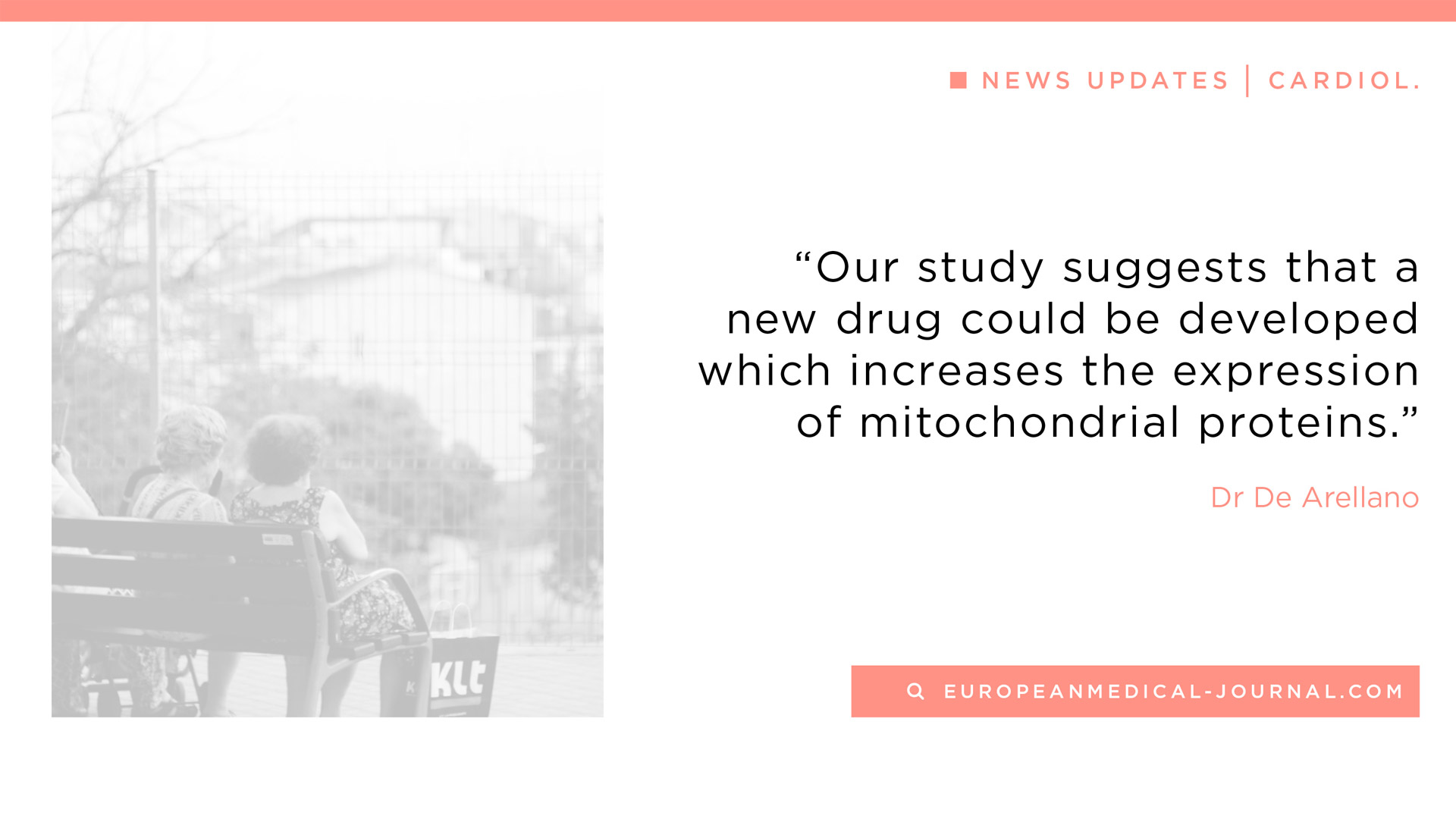×
It looks like you're using an obsolete version of internet explorer. Internet explorer is no longer supported by Microsoft since the end of 2015. We invite you to use a newer browser such as Firefox, Google Chrome or Microsoft Edge.
Molecular Variation Responsible for Cardiovascular Disease in Older Women
European Medical Journal
VARIATIONS at a molecular level between men and women have been identified as a potential reason for the differences observed in the age of cardiovascular disease diagnosis between males and females. A study of healthy hearts from people of different age categories, conducted to identify differences between the sexes in mitochondrial function and inflammation during ageing, identified differences in SIRT1 levels, expression of superoxide dismutase 2, and the expression of catalase.
Heart tissue was collected from seven men and seven women aged 17–40 years and eight women and nine men aged 50–68 years. Levels of proteins involved in inflammation and the function of mitochondria were measured. The results showed that levels of SIRT1, a protein important for mitochondrial function, were higher in young women compared to young men; however, in older heart tissue, SIRT1 levels had only decreased in women. Similar results were found for the expression of superoxide dismutase, an antioxidant protein in the mitochondria, and catalase, an enzyme that protects cells from oxidative damage, both of which were higher in younger women compared to younger men, but the difference was lost in older heart tissue. In addition, compared with young men, young women were found to have higher levels of anti-inflammatory cytokines, but this difference diminished with age, suggesting that female hearts progress from an anti-inflammatory to a proinflammatory environment with age.
